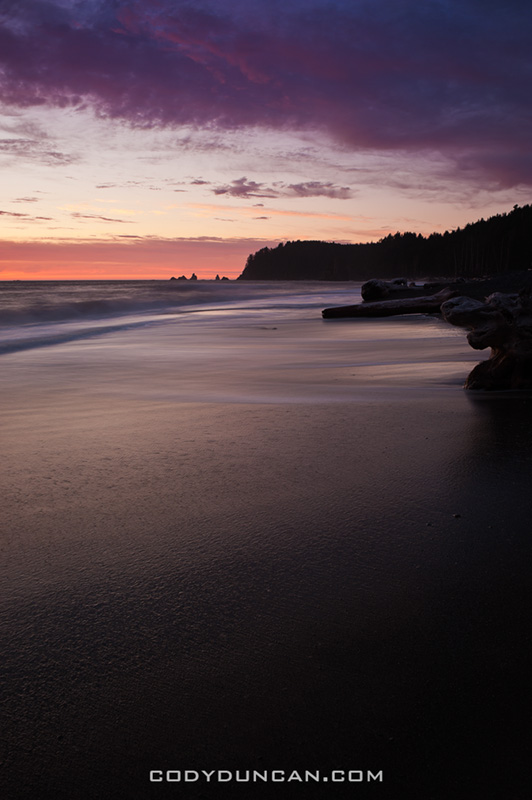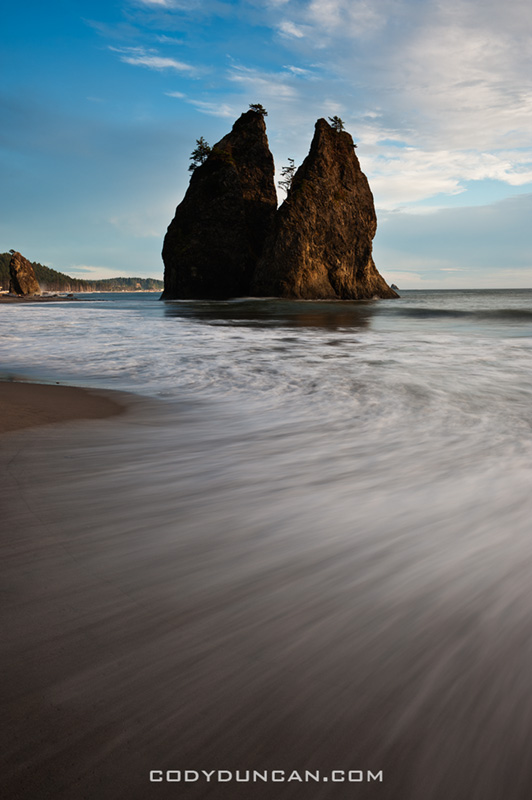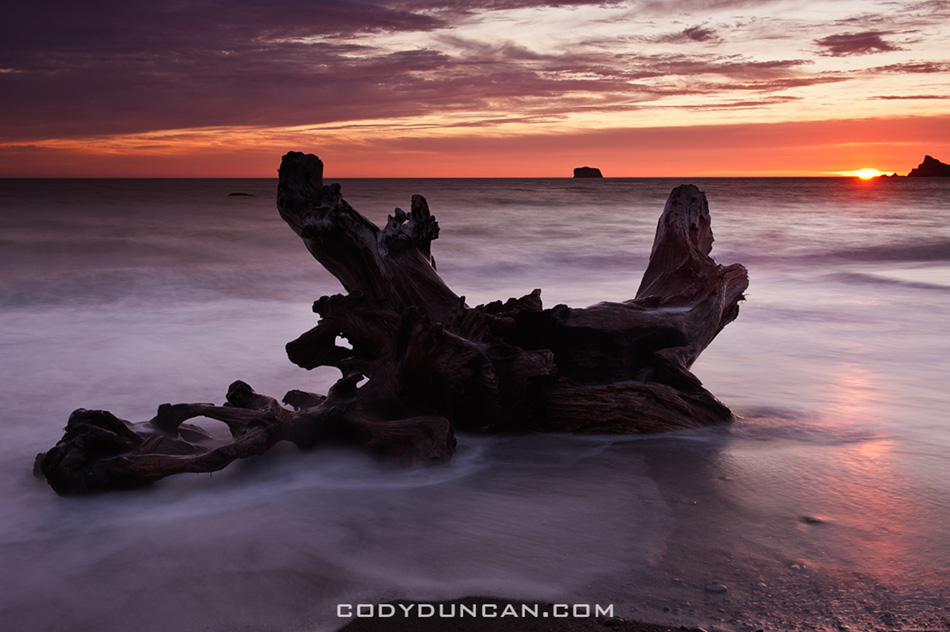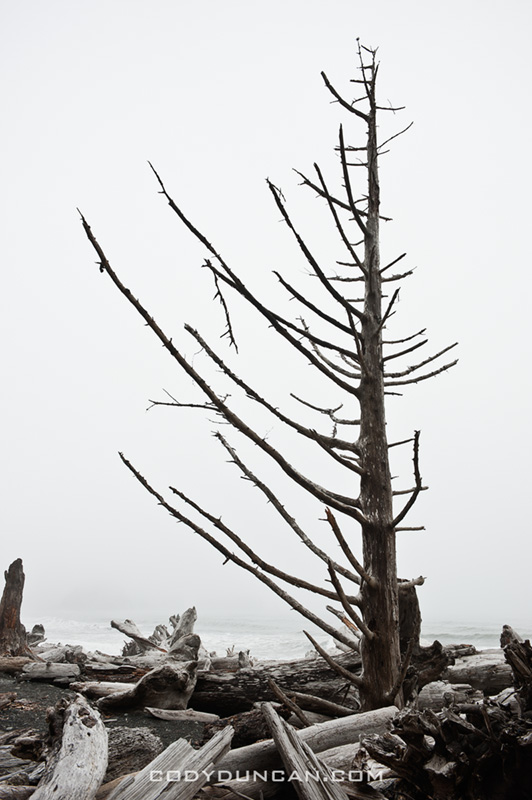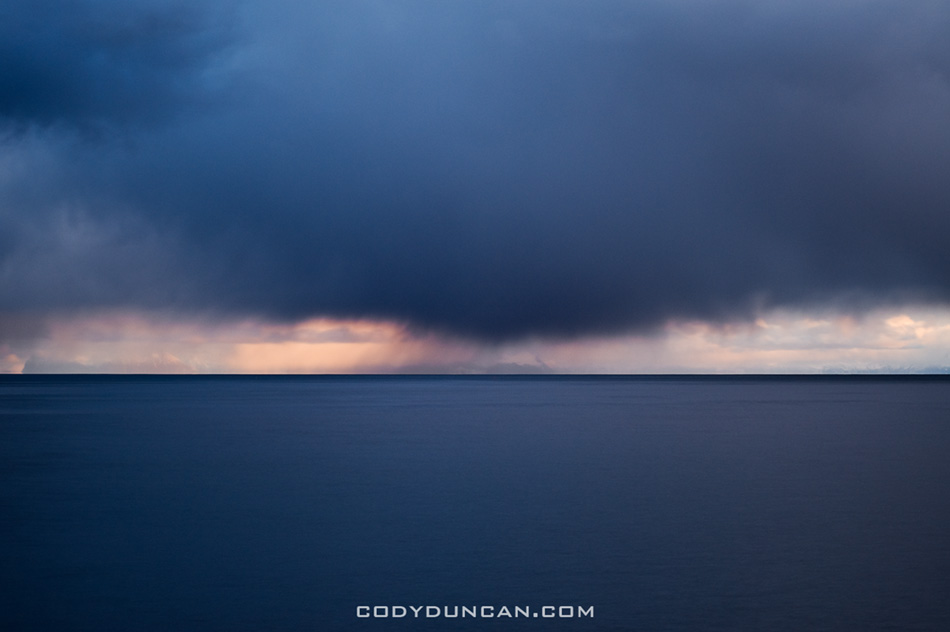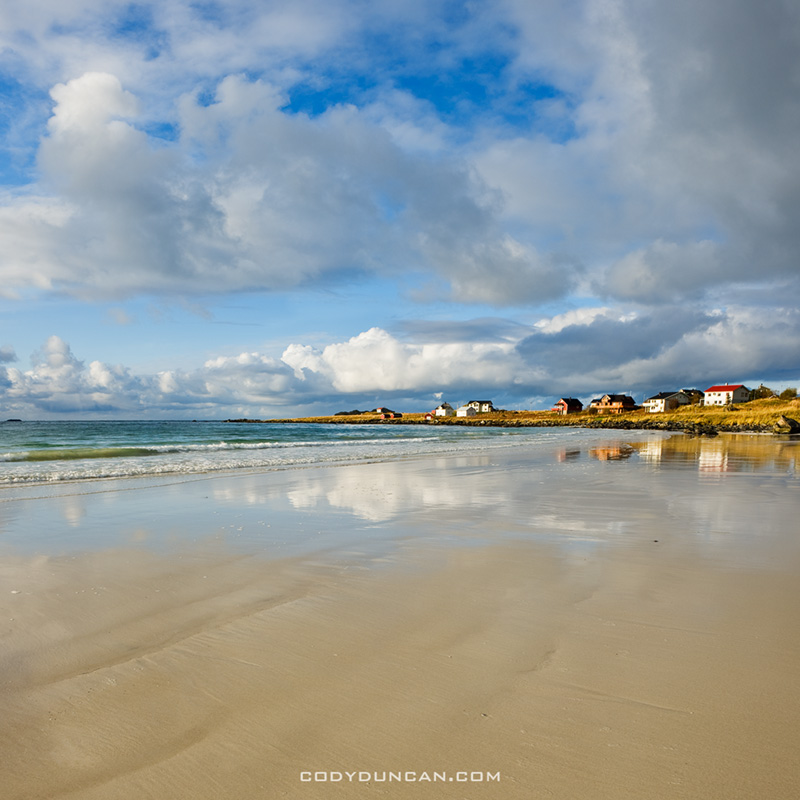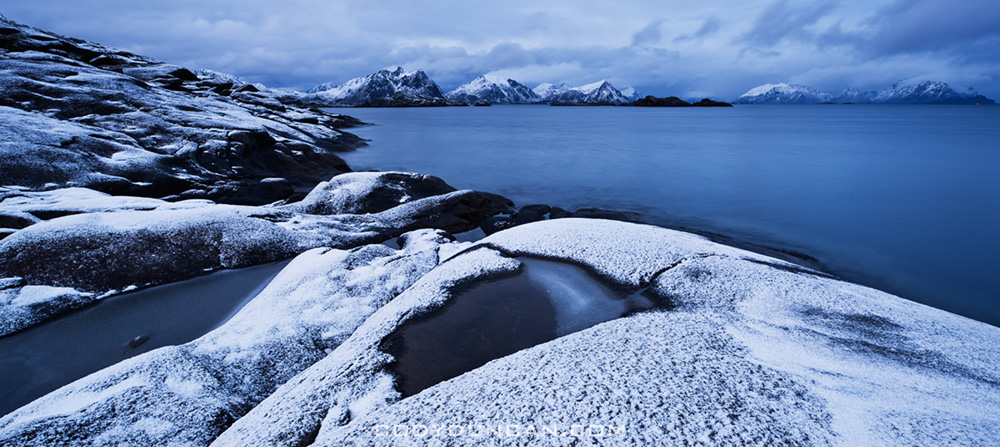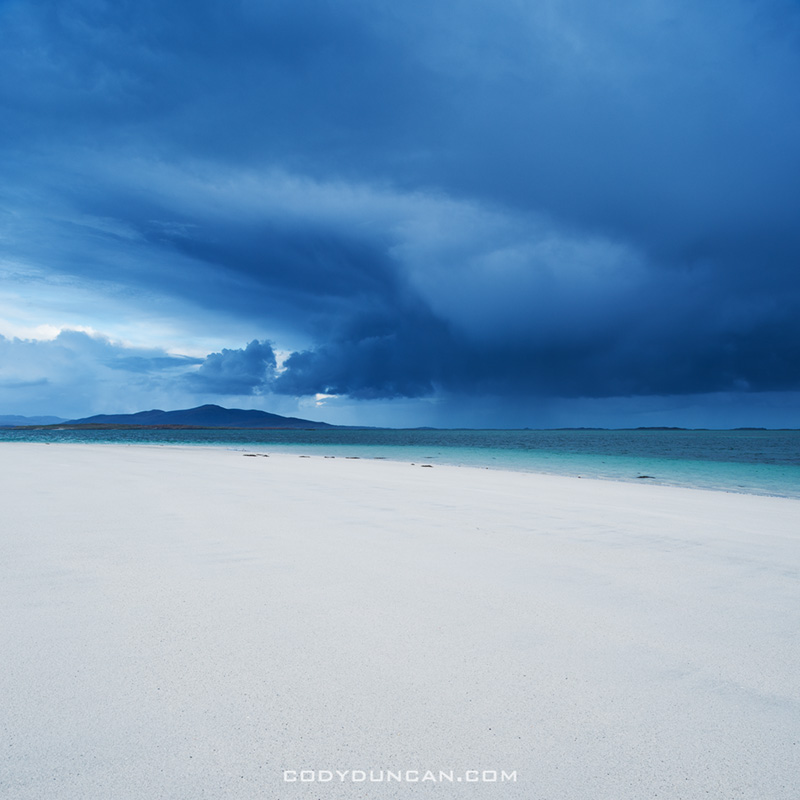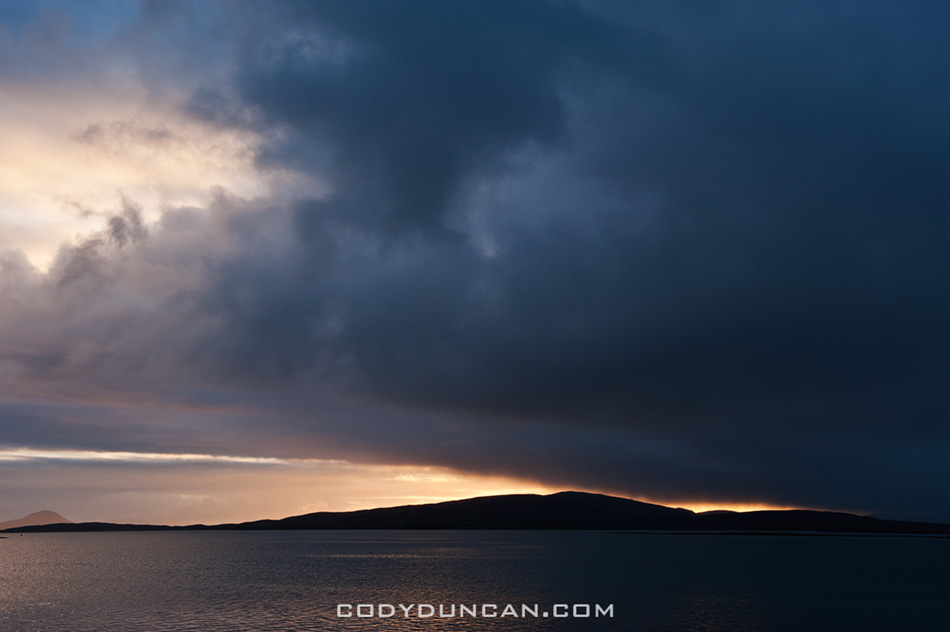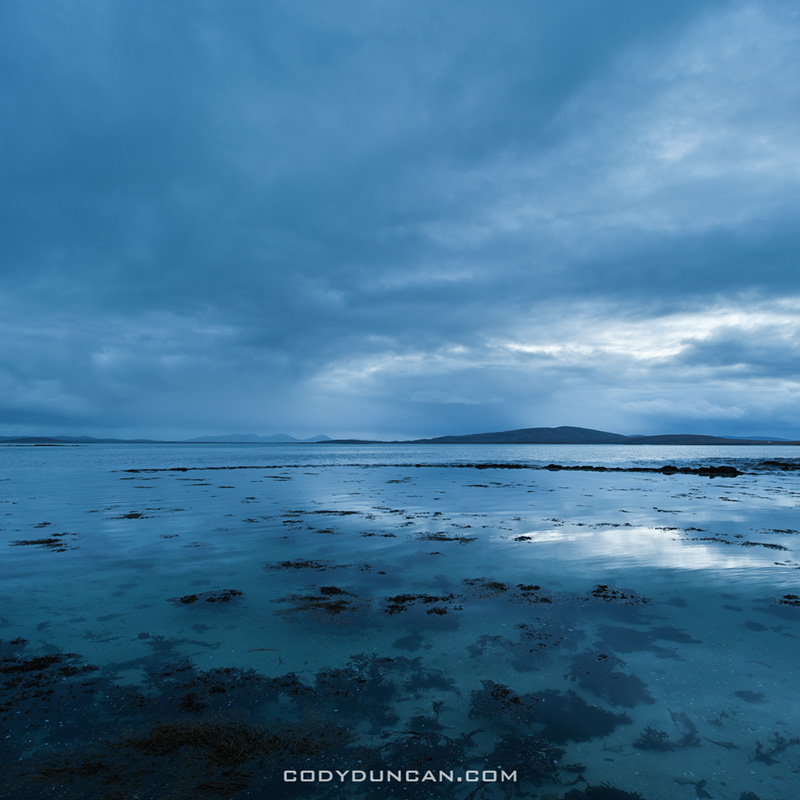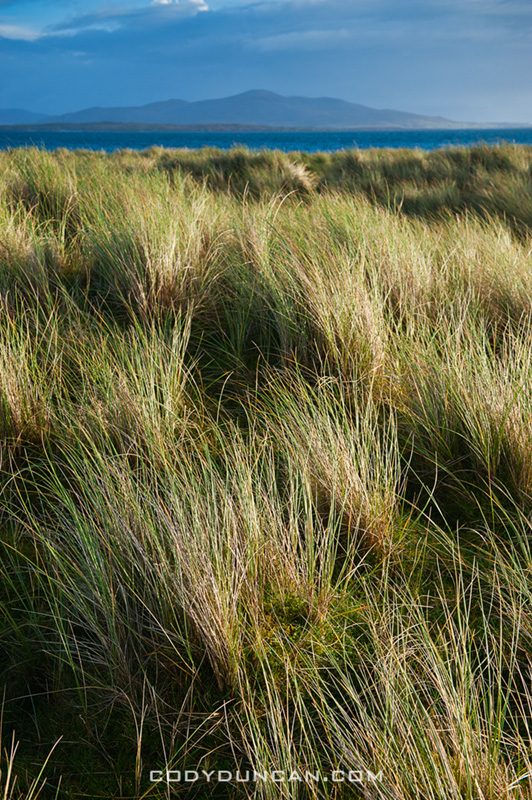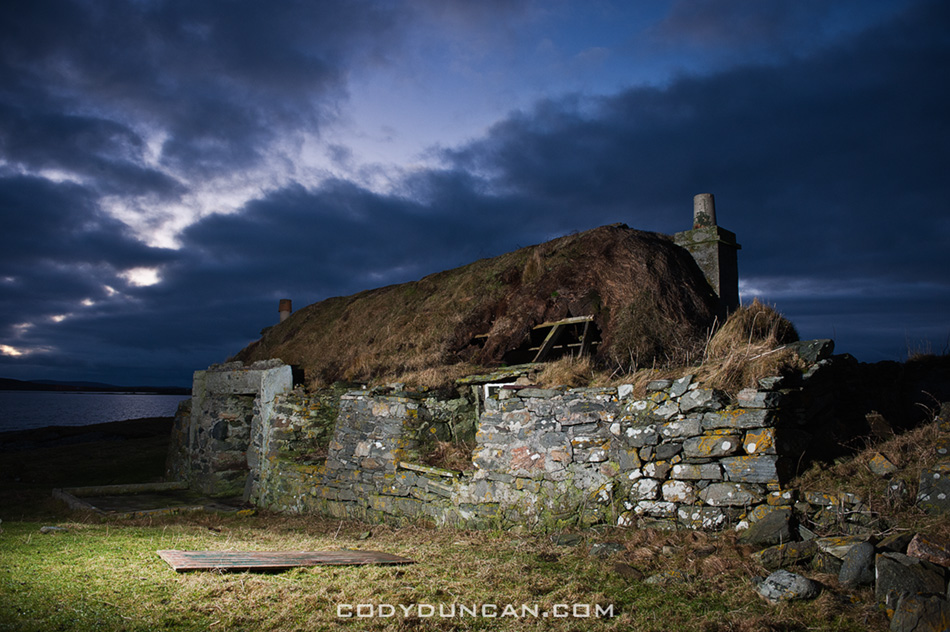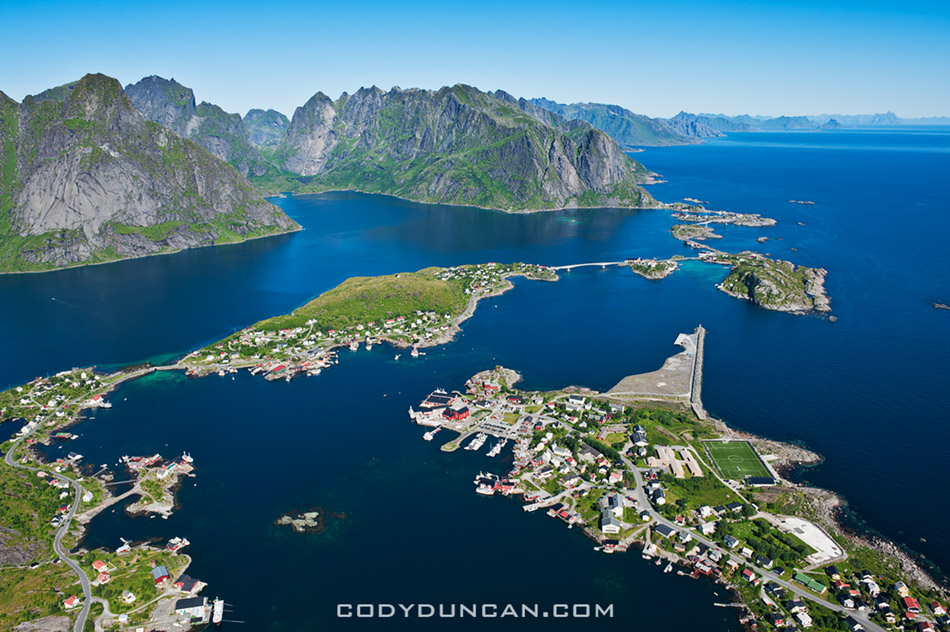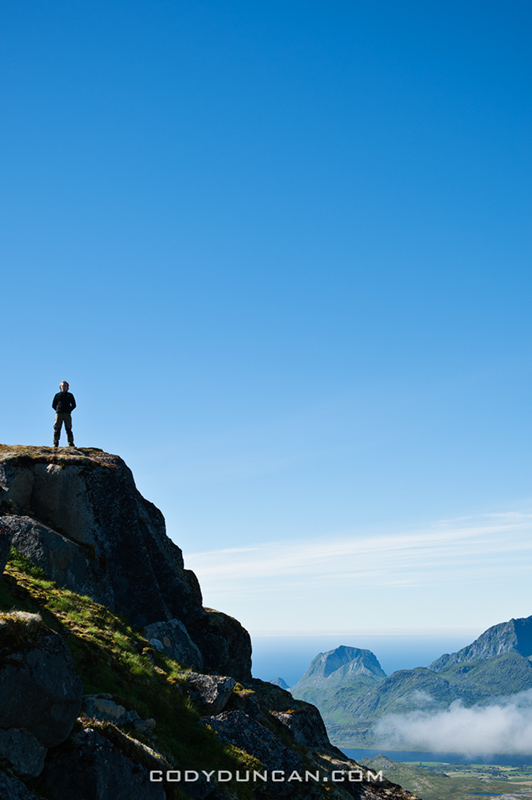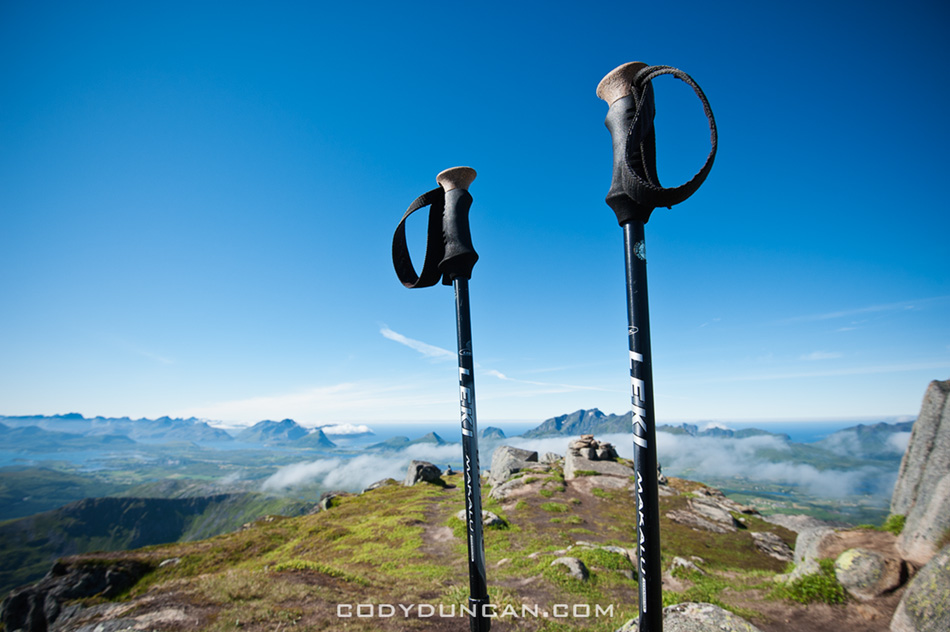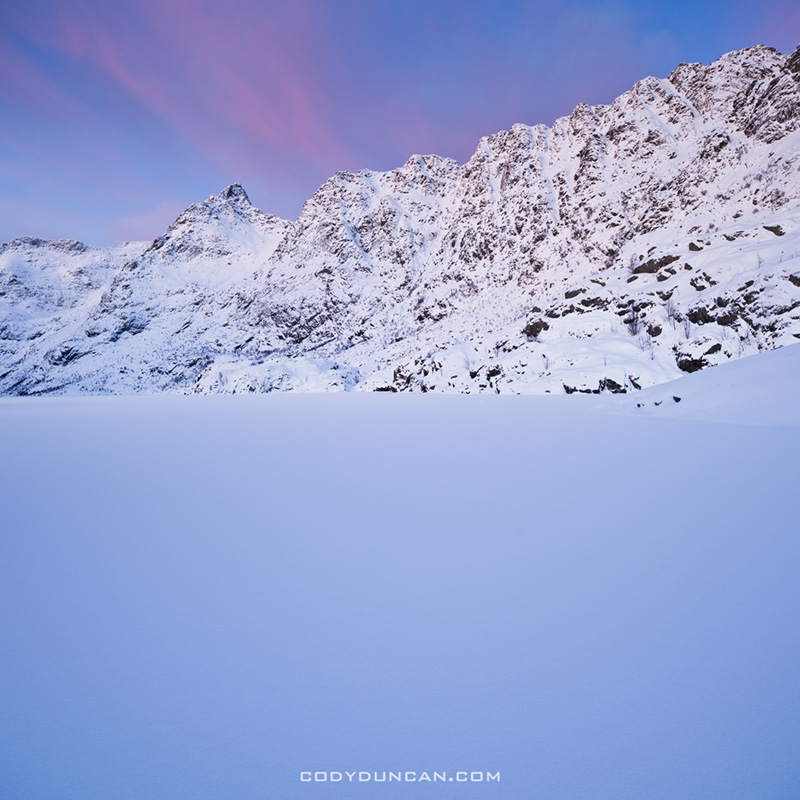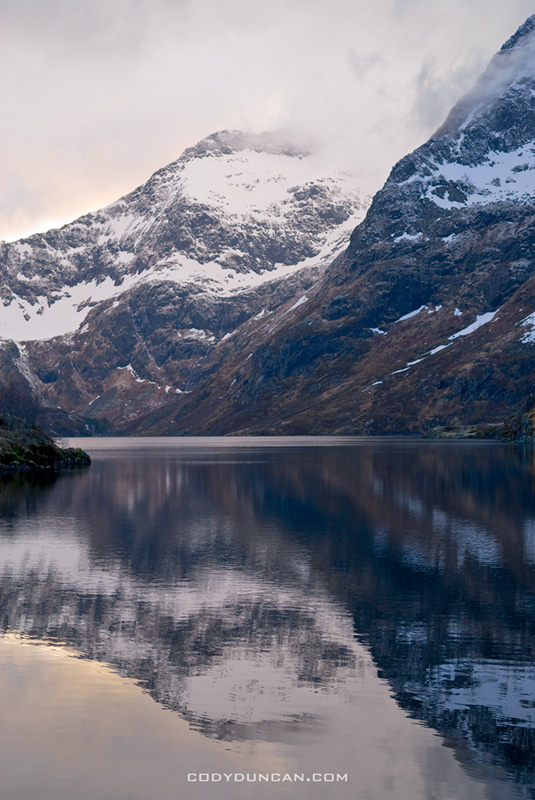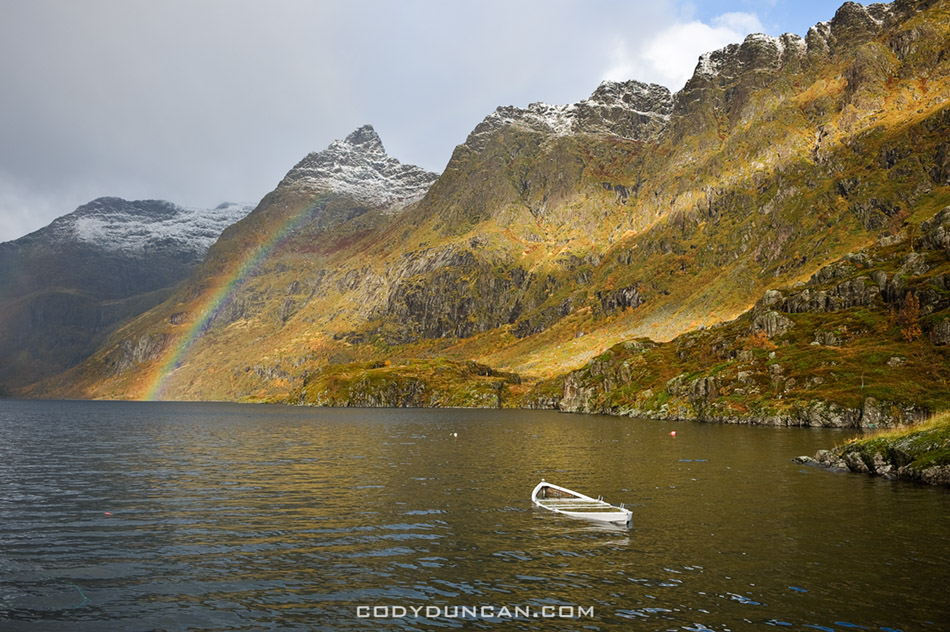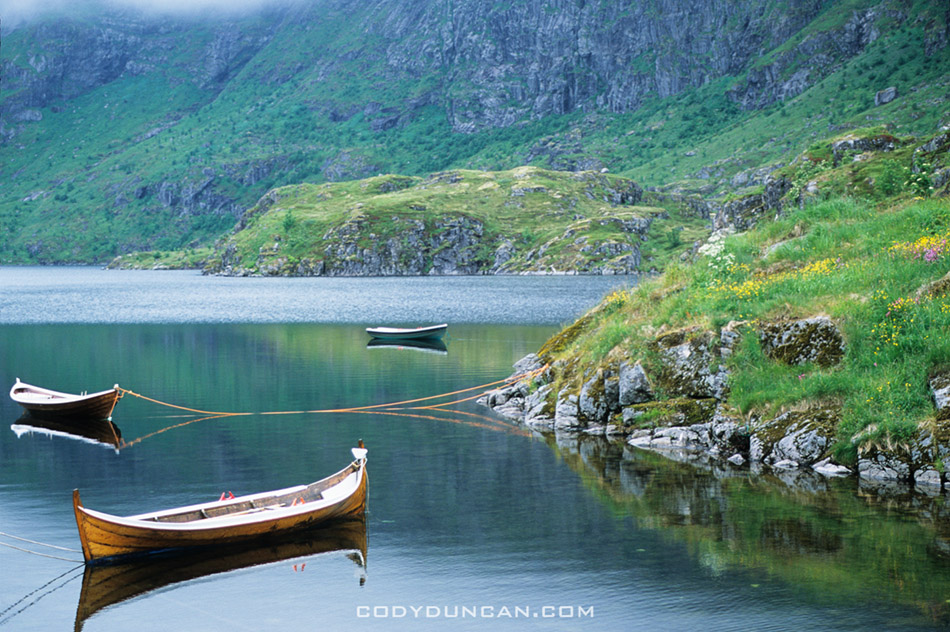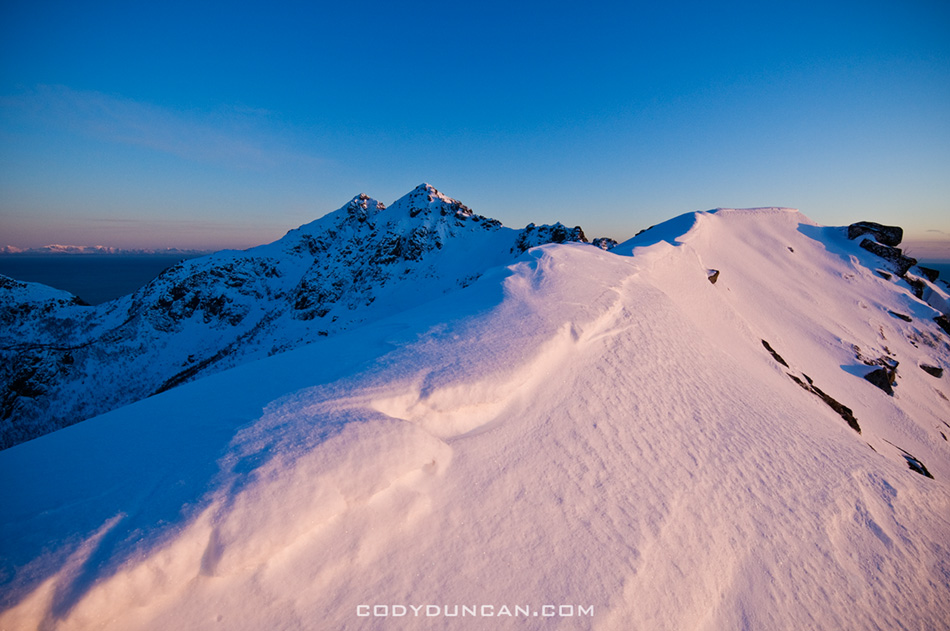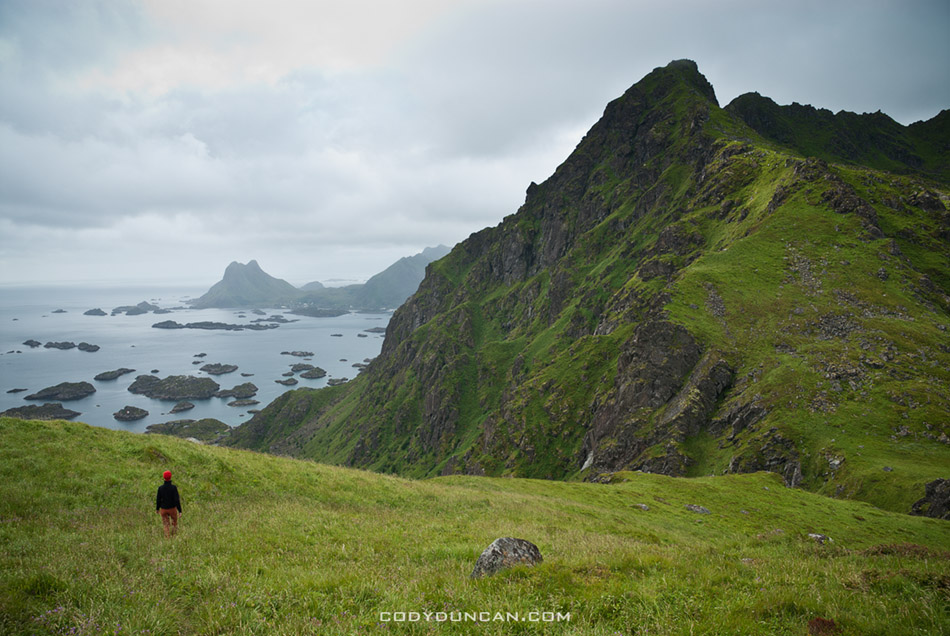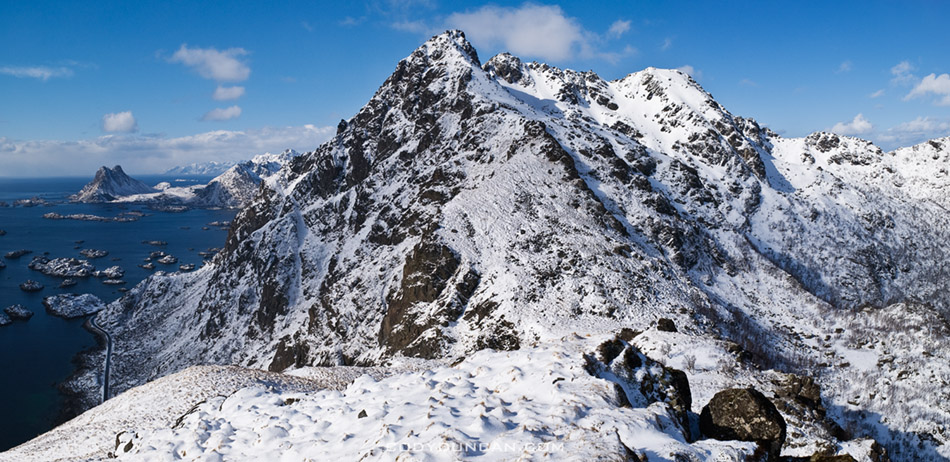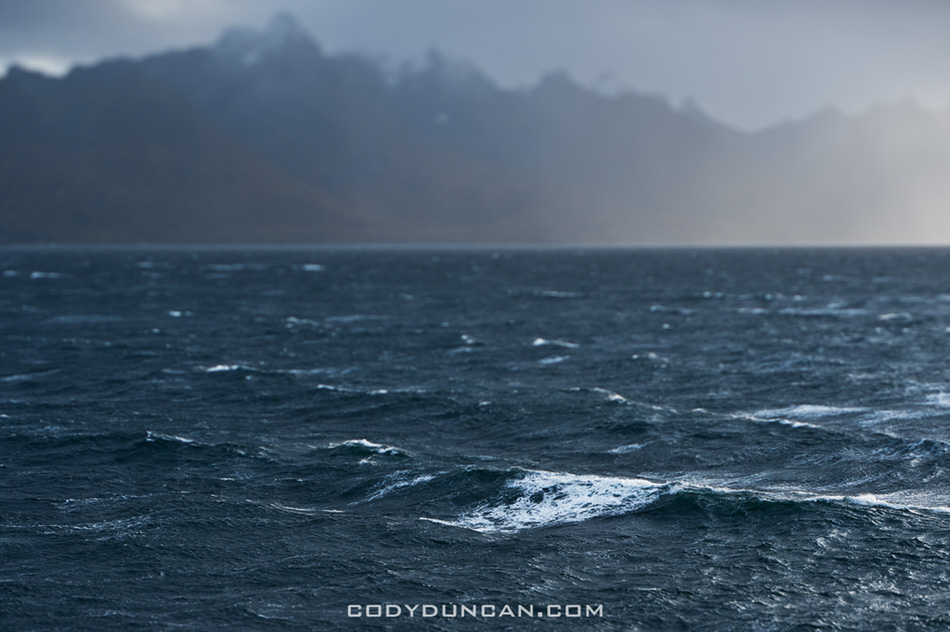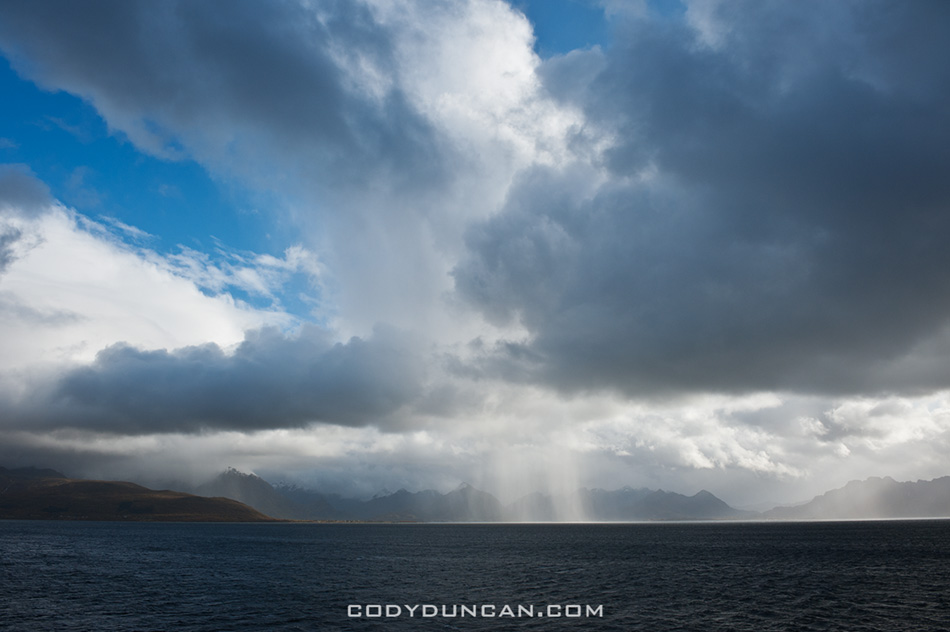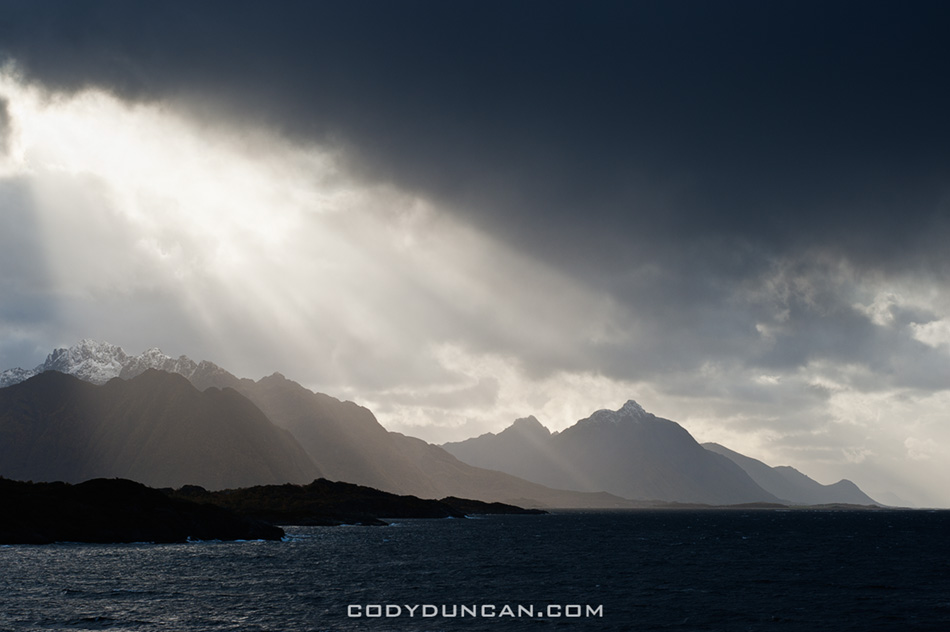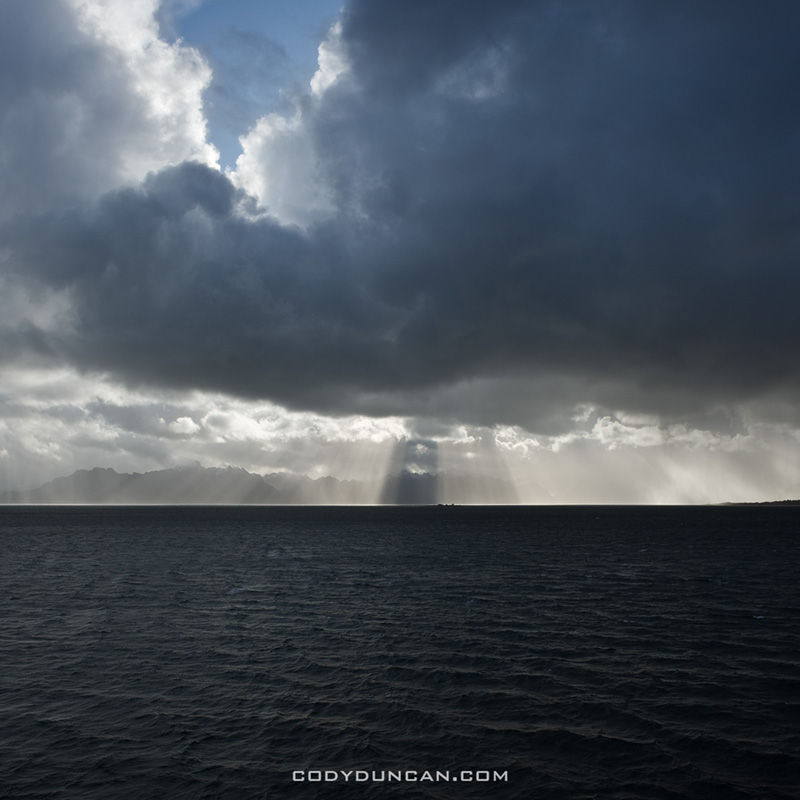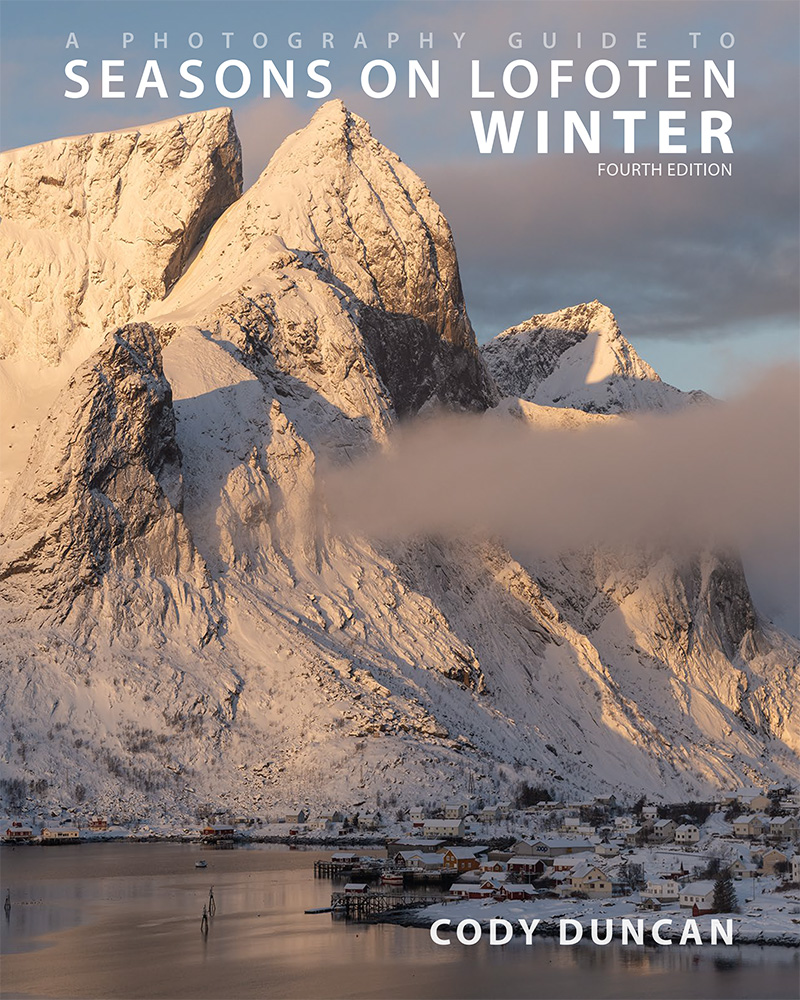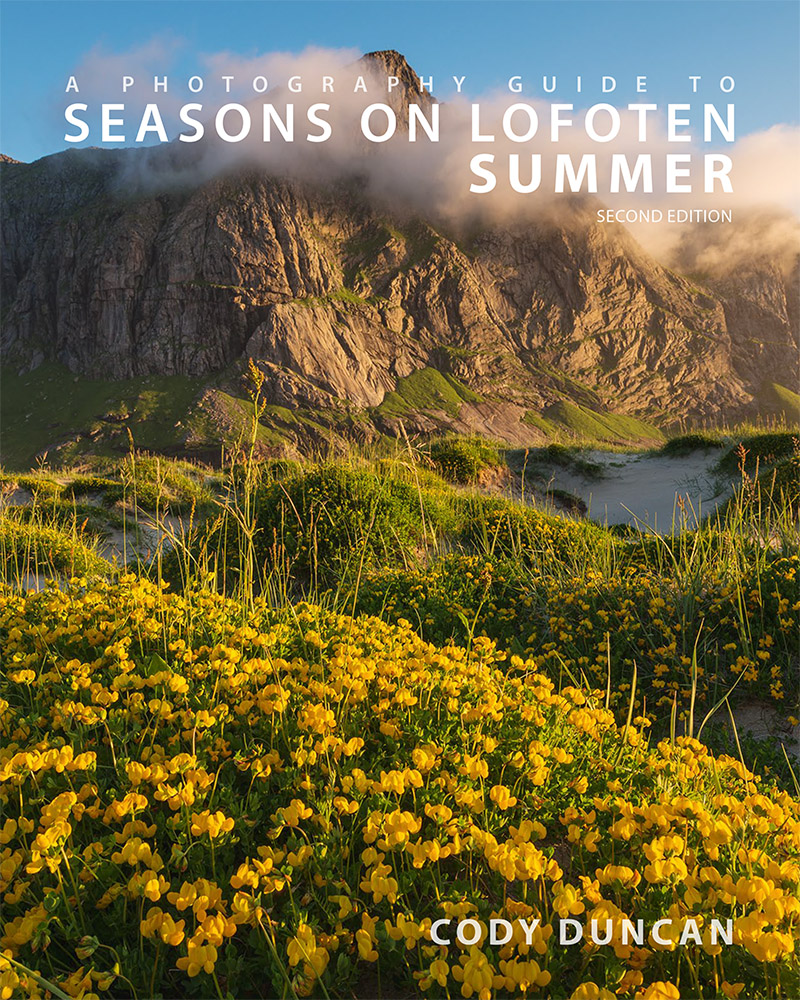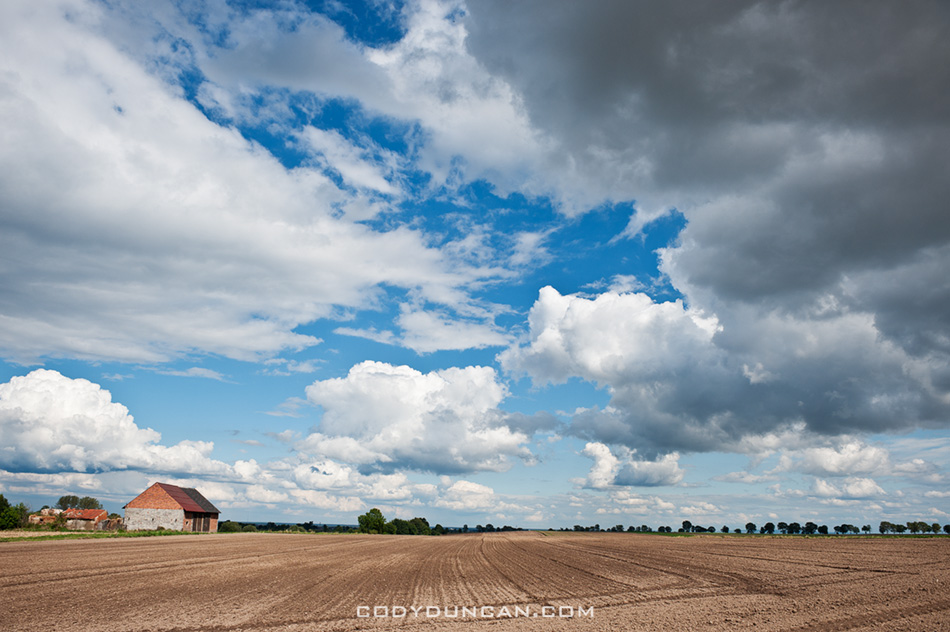
Photo: Freshly plowed fields in autumn, Schmitsch/Smicz, Poland
[UPDATE: April 2014 – I have written an updated post about with further information into the Hindera (and other) families – CLICK HERE ]
Rarely do I visit a place that I have a personal connection with. The tiny village of Schmitsch/smicz is an exception. It’s the place where my great-great grandfather, Albert Hindera, was born. In those days it was part of Prussian Silesia. Today it now lies in Prudnik county, in the south of Poland.
This history of Schmitch, now named Smicz in Polish, is a complex one. At the center of Europe, the Silesian region (Schlessien) has fallen under the rule of numerous duchies, kingdoms, and empires throughout the centuries. By the mid 18th century the Prussians gained control over the region from the Austrian Habsburgs. In 1871 Silesia then became part of the newly formed German empire (Deutsches Reich) where it remained a part of Germany up until the end of WWII, when a majority of the region was transferred to Poland.
In 1879, at the age of 17, Albert, along with several brothers and sisters, left the German port of Bremen for America. Landing in Baltimore he took the train to Nebraska, eventually ending up with land in western part of the state. He built himself a house out of sod and started a farm. After 5 years, he was awarded the deed to his land, upon which he sold it and bought another farm in the southeast of Nebraska near the town of Steinauer, where the soil was better. There he married another Silesian immigrant, Anna Lempka and in 1889 my great-grandfather George Hindera was born. Looking at family records it seems like half of Schmitsch must have traveled to America during that period. The names of the Nebraska census closely match those from the war memorials, cemetery, and church records in Smicz.
I was granted the privilege to look in the hand written church birth/baptism registry where I saw the names of long forgotten family and the records of their births from centuries past. Even finding a few new names of my family line further back in time. It was somewhat difficult to read the old German handwriting. Especially once I got used to one persons writing style in the book, and then a new person took over with even worse handwriting!
I unfortunately was not allowed to take any photos of the books, not sure why not. It’s a bit frustrating to realize how much information is locked away in those old books with their deteriorating paper and fading ink. And there is no real access to it outside of going there, and hopefully having someone who speaks the language of the local priest. I guess I should also be thankful that my family records have survived two wars and dramatic political changes. Hopefully I can return in another few years and keep looking back further in time and maybe try and get permission to take some photos. The records go back to the 1500’s.
Looking at the war memorial in the city center, I guess it is a good thing my family left. The names Brinsa, Hindera, Mellar, and Peschel are all of direct ancestry to me, and probably nephews/cousins of Albert. It seems a large toll was taken from this small town of 500 souls. The cost of the second world war was even greater.
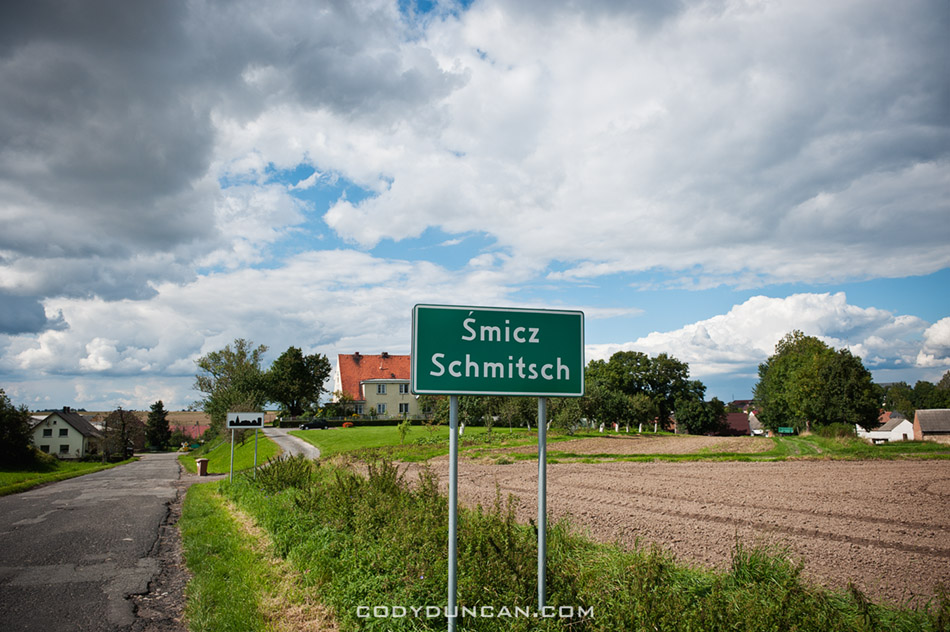
Photo: Bilingual Polish/German city sign. The region where Schmitsch/Smicz lies is one of the few areas in Poland where German has recently become an official recognized language once again.
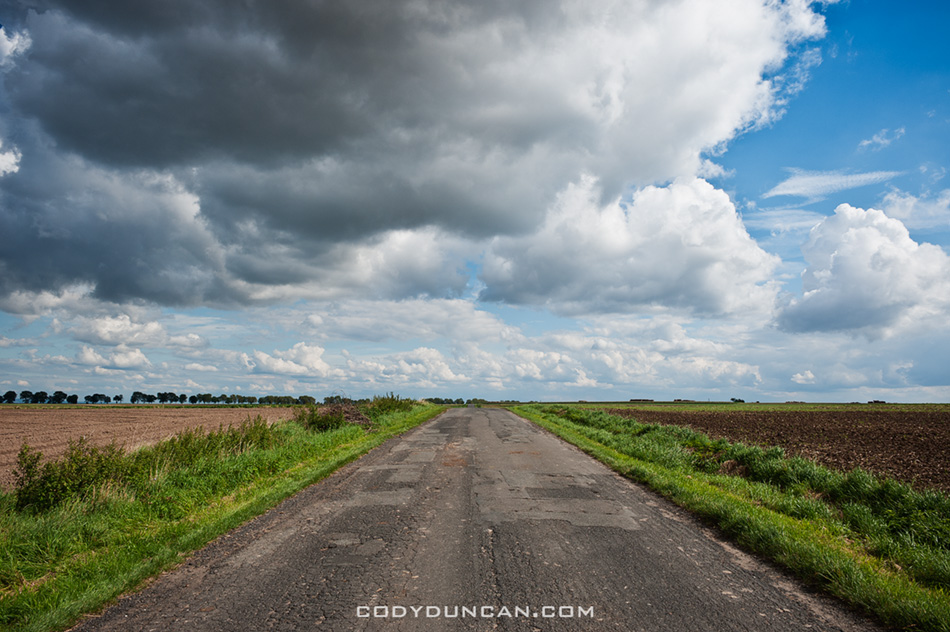
Photo: Main road into town. Could use some paving.

Photo: Downtown Smicz. Other than the asphalt and power lines, it probably hasn’t changed much since Albert left. When I return I’ll see if the family home still exists.
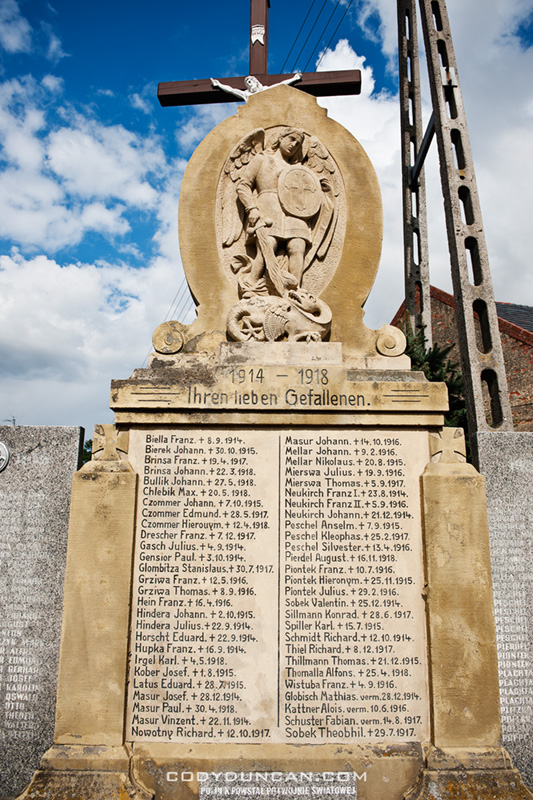
Photo: WWI memorial. A lot of names, both German and Polish, for a village of 500.
